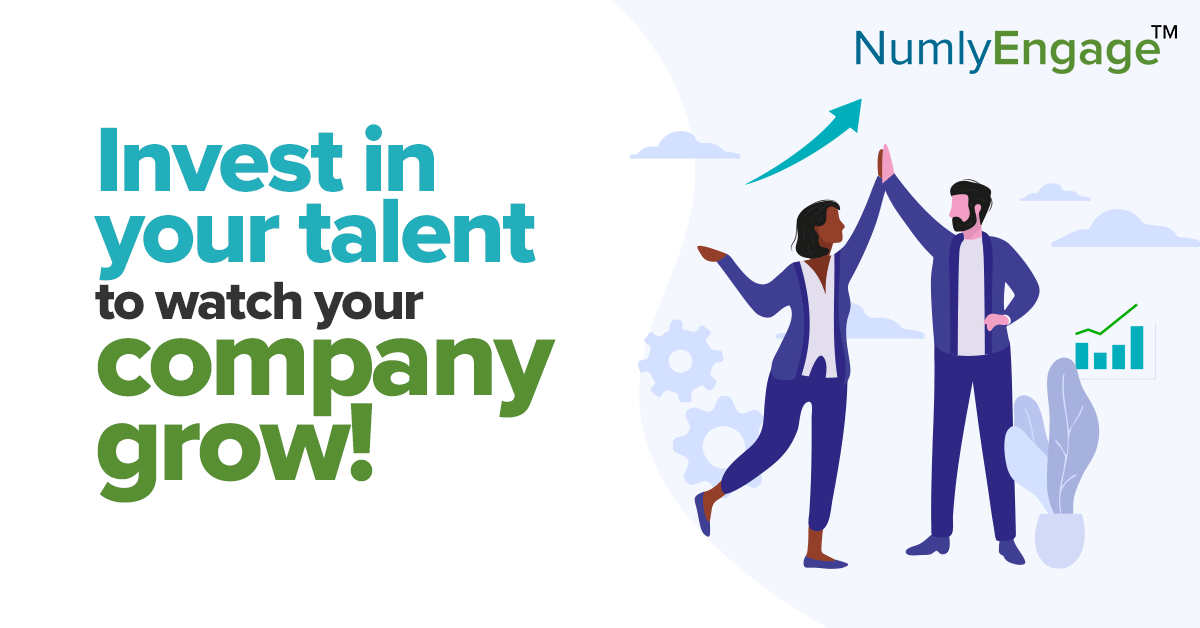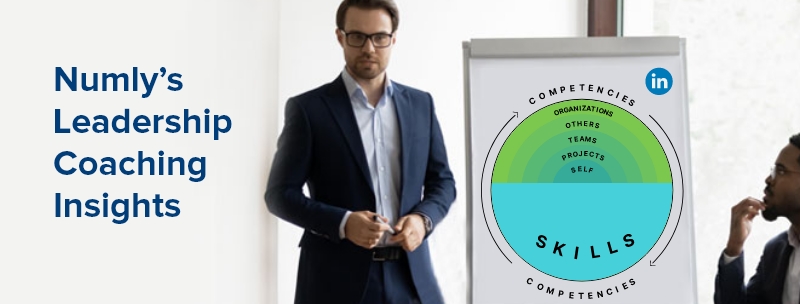While calculating the value of an employee is a complex task since they are unlike any other asset, we are aware of the price tag on the loss of an employee.
Studies show that replacing a key person in an organization costs between 70% to 200% of the individual’s compensation. Couple this with the rise of the purpose-driven employee, and we know that the employees today are not driven by salaries and fancy perks anymore.
So, if pool tables and office parties no longer make the cut, how should organizations invest in their most valuable assets to ensure a healthy return on investment? This becomes even more pertinent in today’s day as we enter a new world of work, a world ushered in because of the COVID-19 pandemic where distributed teams and remote working are the new normal.
Navigate the productivity chasm
The battle with productivity is not a new one. Organizations have been focused on investing in their physical and technological and tools infrastructure to help employees remain productive at work. However, the need to be productive is also personal. While organizations have to focus on creating an enabling environment that fosters productivity, it also has to help employees understand what hinders their productivity.
There is no singular productivity style. There is no universal productivity impediment that impacts every single person in an organization the same way. Since people are essentially different, organizations have to help their employees discover their productivity patterns and factors that impact and impede their productivity. They also have to give them access to skilled and experienced senior resources who can coach them through productivity challenges and become more invested, focused, planned, and methodical.
Also Read: Engaged Employees Are Driven by Shared Values and Vision
Invest in personal growth
The change in the workplace demographic has brought about a big change in what your employees care about and value. The millennials now make up the majority of the workforce, and for them, purpose trumps money. While salaries and perks remain attractive, these are gradually being seen as cosmetic perks.
Studies show that employees who feel they are not growing in a company are 12 times more likely to leave. What the employees want is to see the organization invested in their personal growth.
How can organizations achieve this? Organizations have to become more focused on identifying high-performing individuals. However, what organizations have to do more is to invest in developing a ‘growth mindset’ – a mindset that believes that every individual has the potential for growth and greatness. Managers who have this mindset have more high-performing teams than managers who don’t. This is simply because people need someone to believe in them authentically.
Authenticity does not come in the absence of clarity. Hence, all managers and leaders of the organization need granular insights into the skill sets of the employees. However, along with the technical skills, they need clarity into the behavior and power skills needs of their teams. Needless to say, this information has to be based on data and not the proverbial gut feel that many organizations have been (unsuccessfully) banking on.
This helps in designing well-thought-out, clear, contextual, personalized, and relevant growth plans for employees, one that helps the organization develop individuals to fill the leadership pipeline with high-potential employees.
Foster a healthy and inclusive company culture
It is the organizational culture that drives employee engagement and employee experience.
If organizations want a productive and highly-engaged workforce, they have to create a company culture that supports that. Organizations have to become more intentional in building a healthy and inclusive work culture.
Building such a work culture often demands looking at the unique needs of the workforce. It involves evaluating the diversity initiatives at hand as diversity and inclusiveness become essential cogs to build an authentic organization. It also demands organizations to do more than conducting day-long training sessions to educate the workforce on the challenges of their peers like women, minority communities, or seniors.
To build such a work culture where equality, fairness, and empathy reign, organizations have to focus on building the EQ of the organization leaders. Coaching them to understand and feel the challenges and struggles of the workforce helps bring about meaningful change in their attitudes and beliefs. It also helps them draw policies and processes that create a more enabling and nurturing work environment that is characterized by its engaged and productive workforce.
By making mentoring and coaching as a part of the culture-building exercise, organizations help employees also become more invested in their own growth story. These connections help them navigate the challenges of professional life and help them reach their professional and personal goals.
High productivity, discretionary effort, and innovation then become by-products of these efforts, an automatic consequence.
Also Read: The Mentoring Games and the Battlefield Called the Future of Work
In Conclusion
If we give a cursory glance at retention studies, it is easy to agree on what makes an employee stay in an organization – a chance to learn and grow, a healthy work environment, and recognition and respect. All of these falls under the ‘psychological ownership’ umbrella – and since psychological ownership is a behavioral trait, organizations have to focus on coaching and mentoring to bring about such behavioral change.
It is clear that organizational leaders have to run at full sprint to keep up with and stay ahead of the compelling and competitive business landscape. For this, they need the support of their human capital – their single-most valuable asset that takes them towards growth and innovation.
The best companies across the world have realized the value such an attitude brings. Richard Branson, for example, has gone ahead and built an organizational culture that places the employees first and has been reaping its rewards.
Making the right investments in employees, understanding their needs, growing a culture that is inclusive and safe, and investing in building the power skills of his people leads to resilient, strong, creative, and innovative organizations. And it is in these organizations, where the employee is motivated to put in the discretionary effort, that eventually separates ‘good’ from ‘great’.
If we look at a company balance sheet, we find the ‘book value’ of the organization consisting of tangible assets. However, along with tangible assets, it is time to focus on the intangible assets of the organization. The intangible assets comprise entirely of the human capital. It is this capital that contributes to and determines the success or failure of the business. Perhaps listing human capital as an asset and not a liability on the balance sheet will bring about a strategic shift in how we treat and engage with it.
If recruiting and retaining top talent is on your agenda, you need Numly™ – an AI-Enhanced Coaching Platform. Get started with the Numly’s 60 day pilot!

